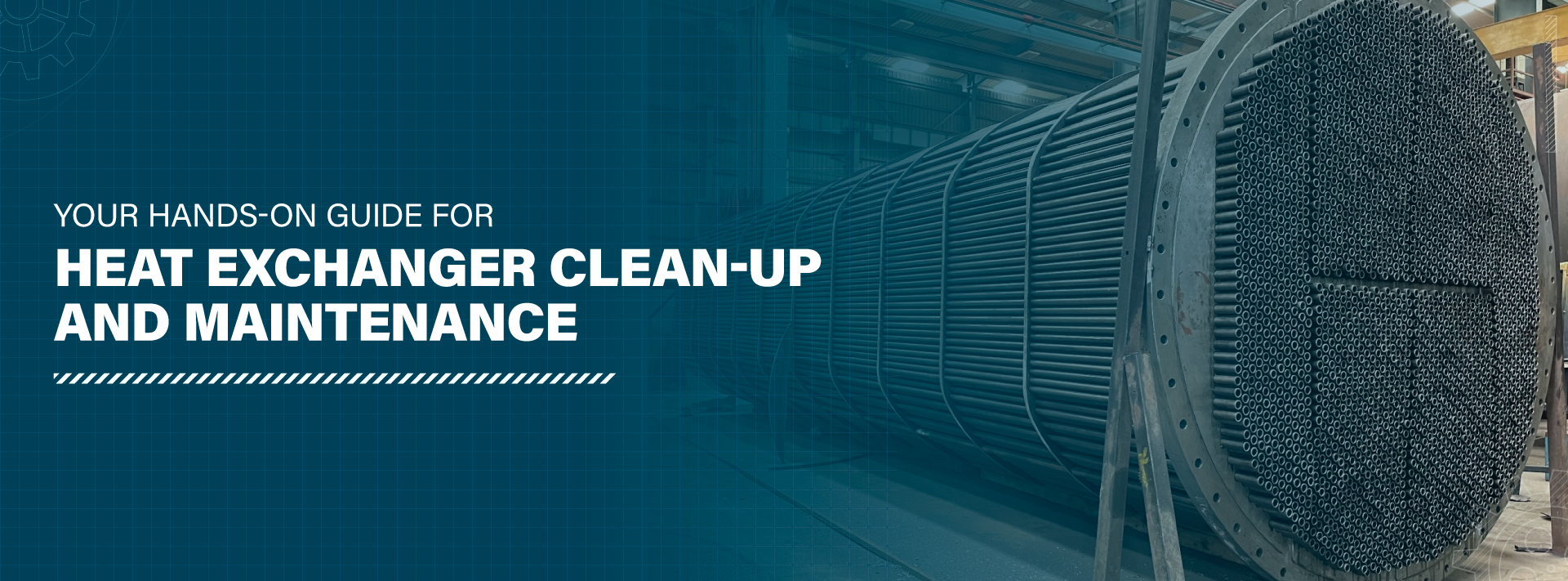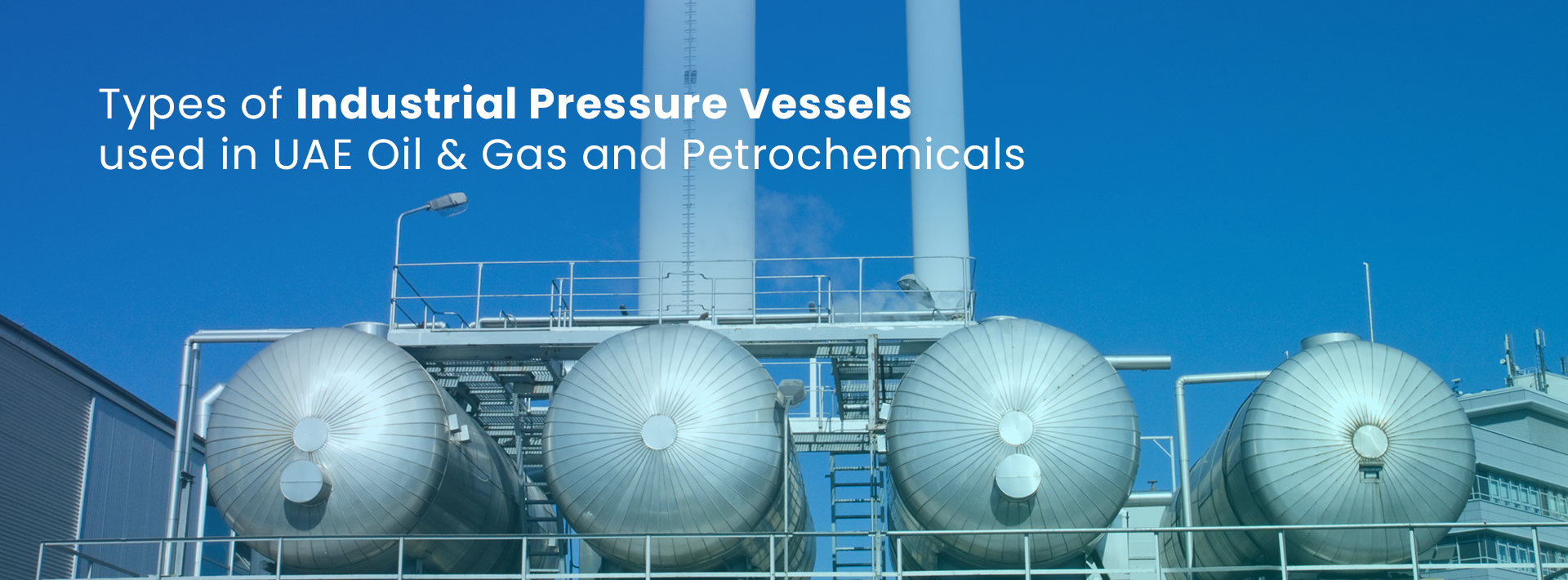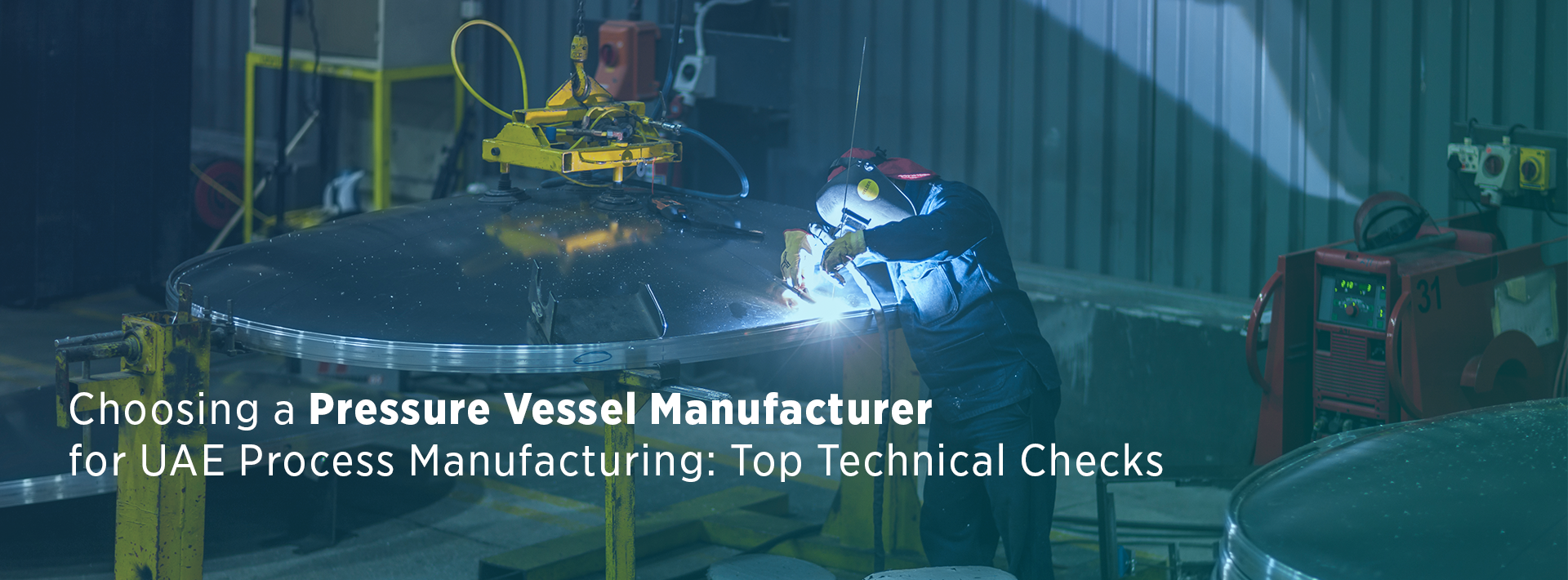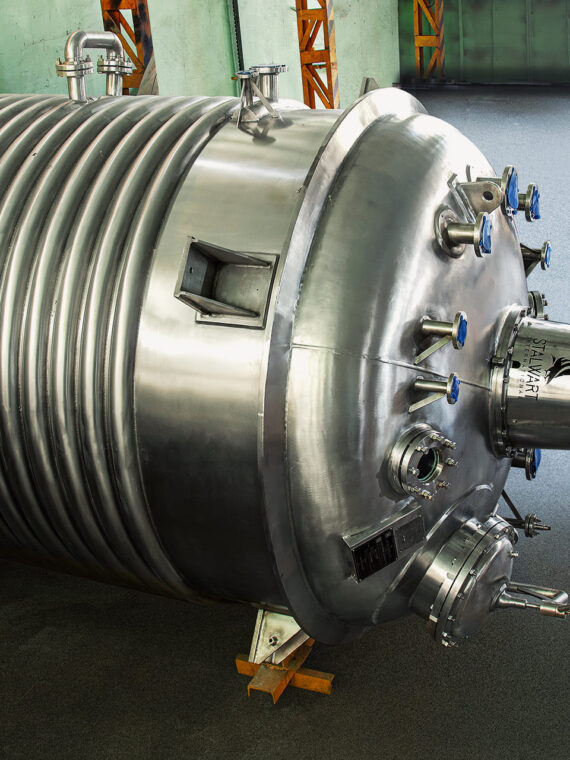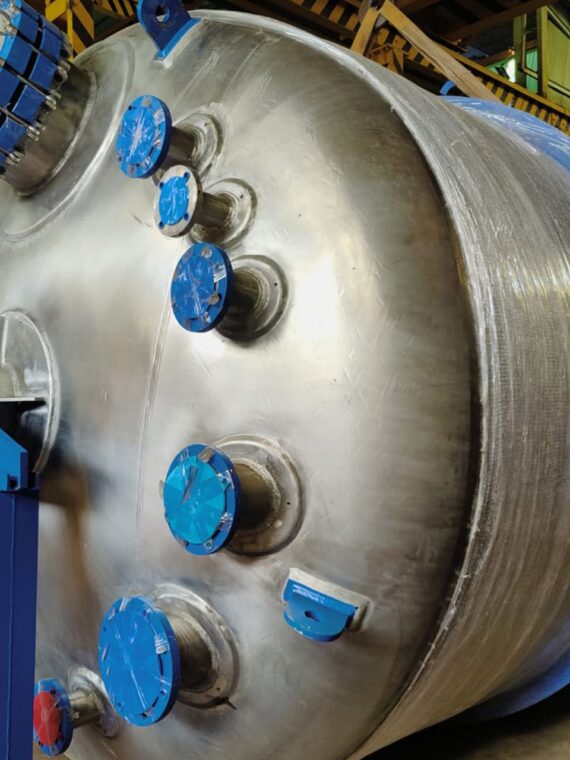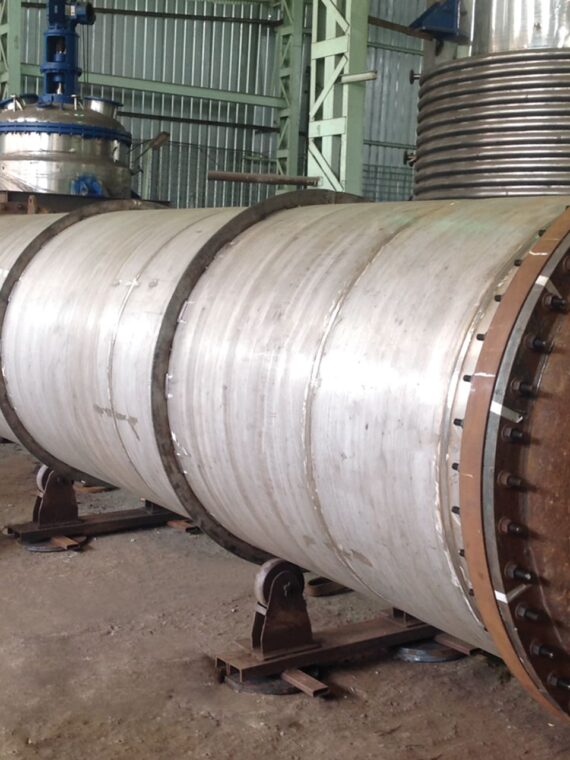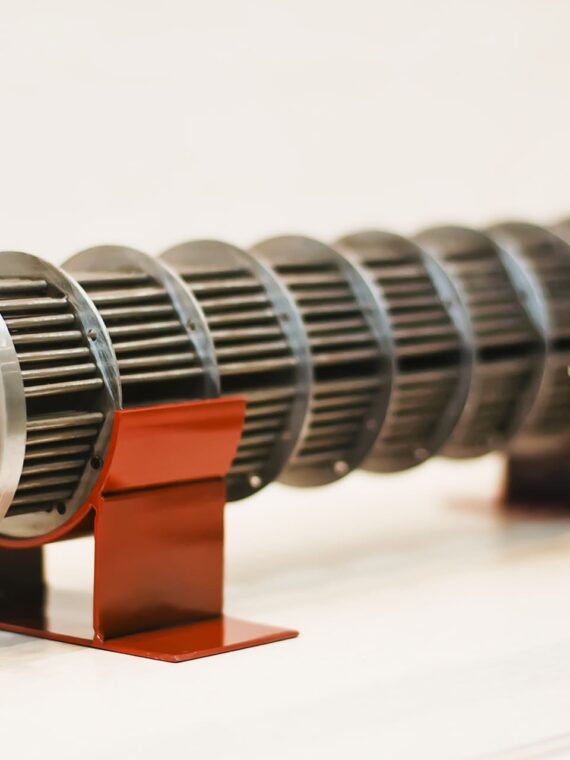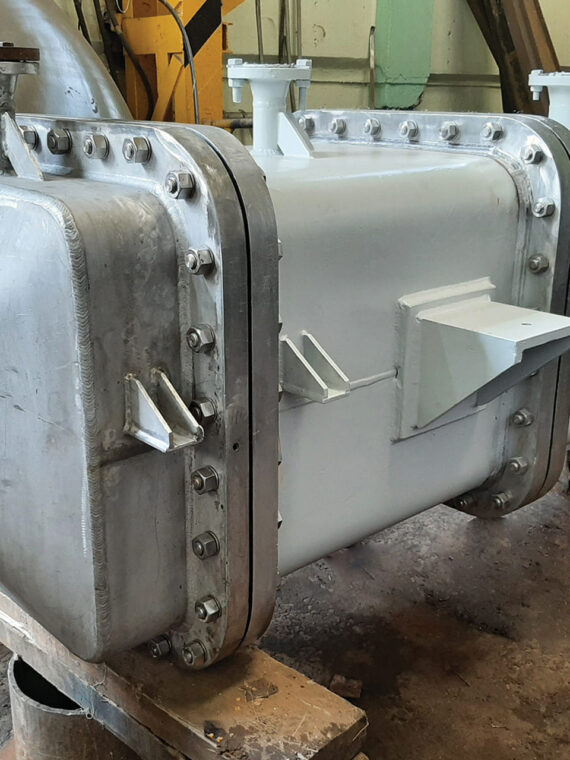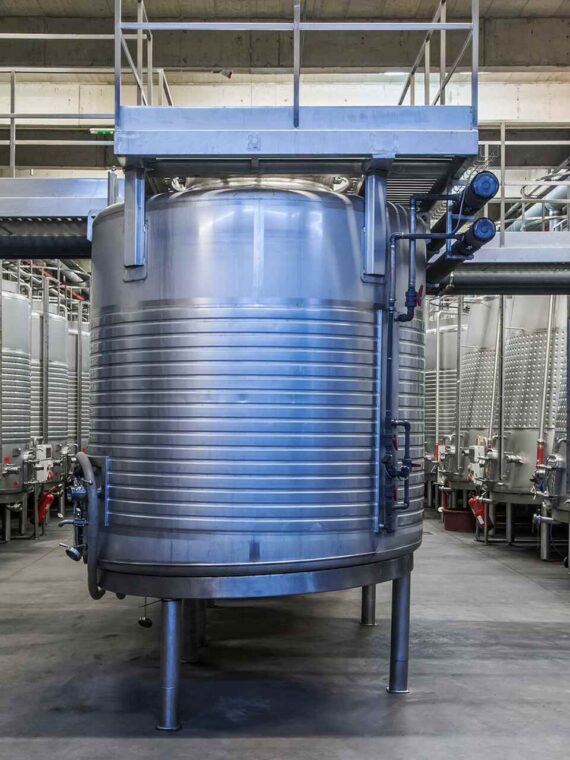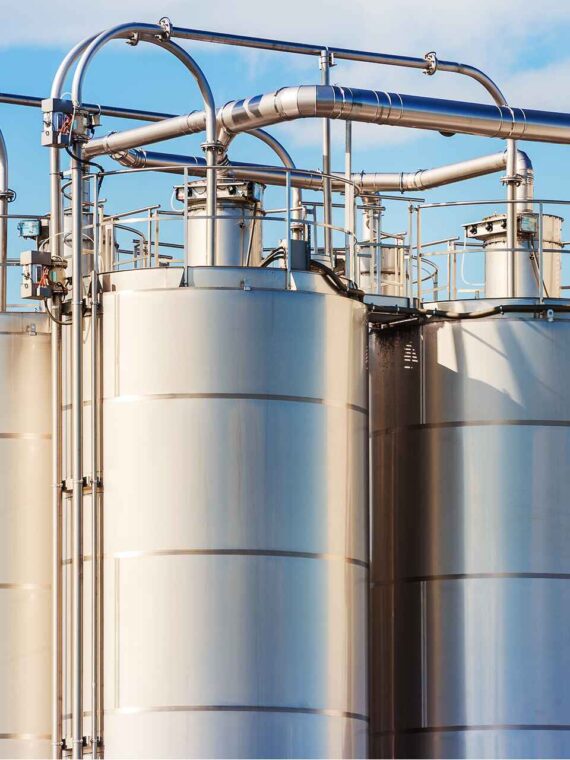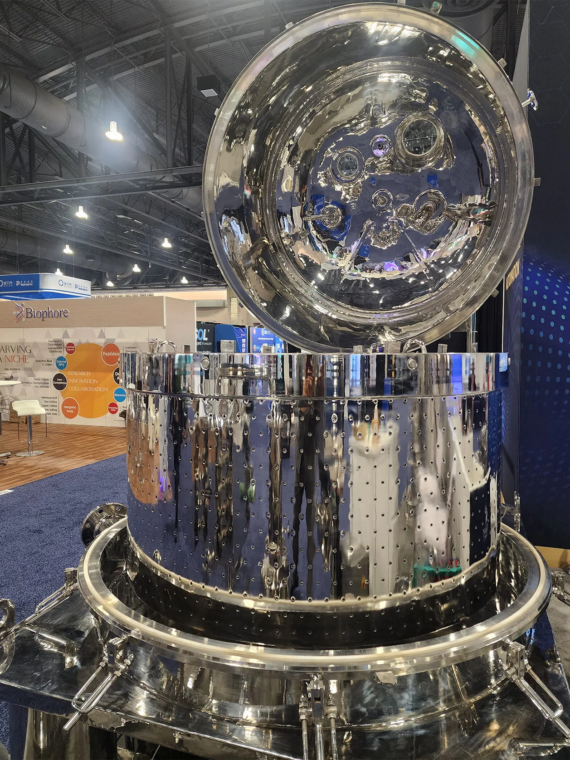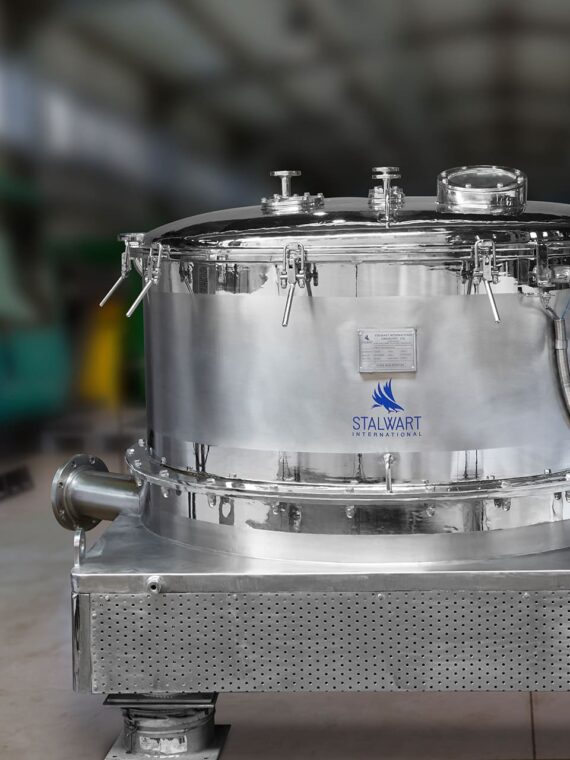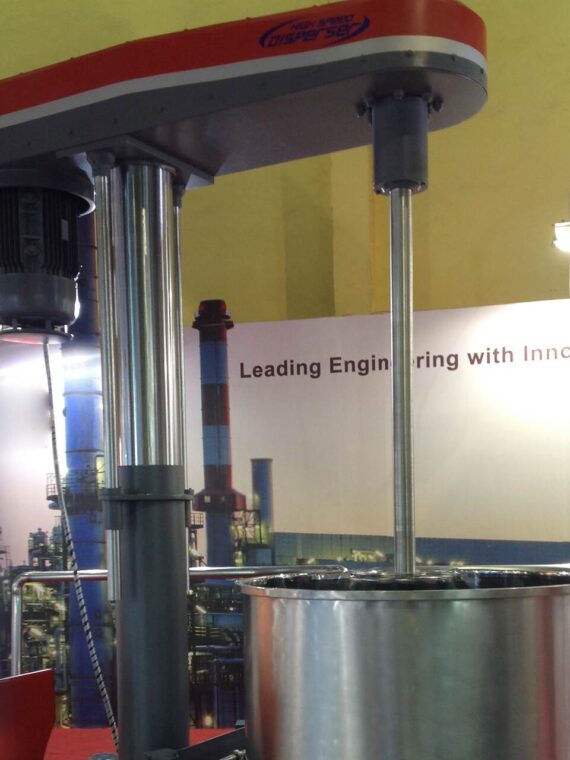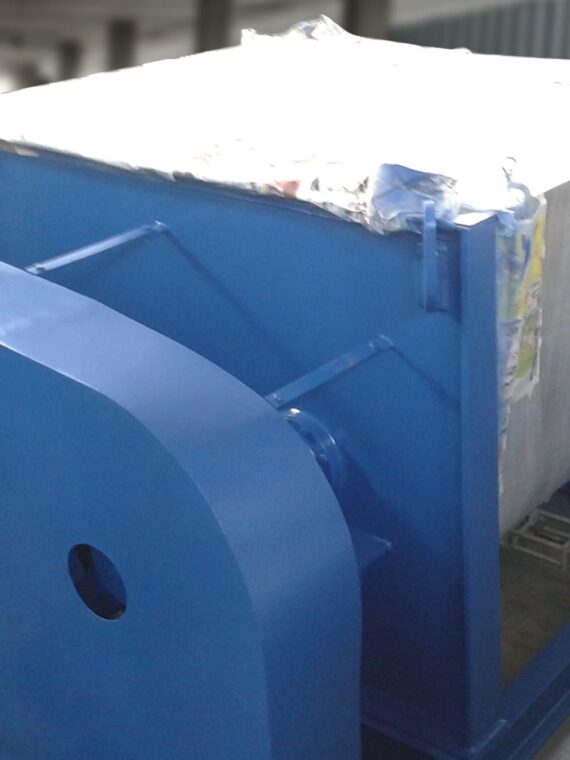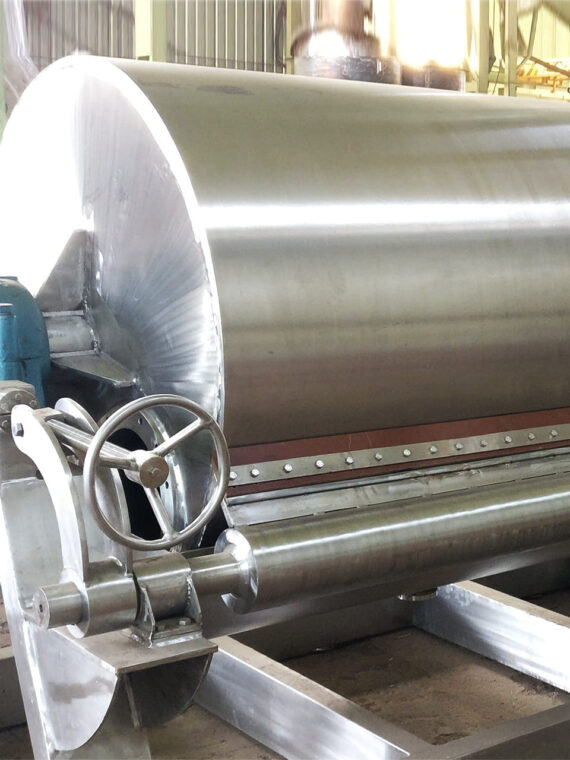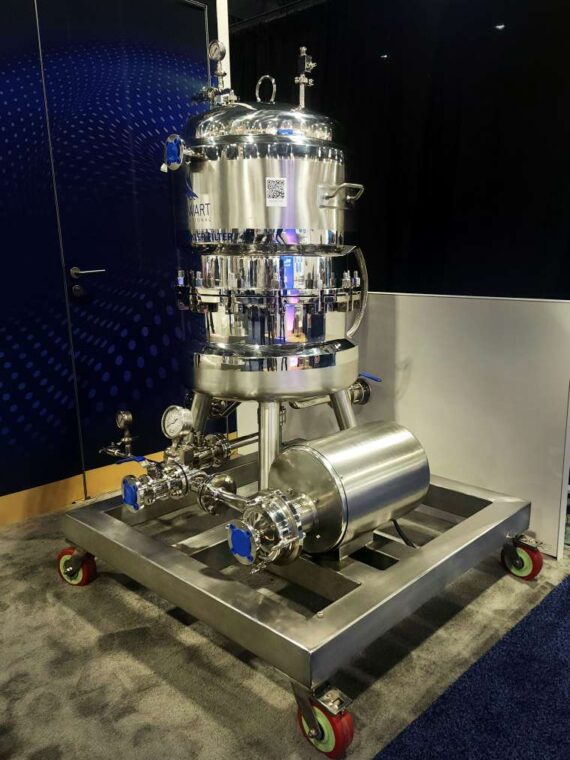Proper maintenance of industrial heat exchangers are necessary to maximize efficacy and minimize downtime. Heat exchangers play a crucial role in a vast array of industries by facilitating the transfer of heat between two physically distinct fluids. As one of the foremost providers of industrial heat exchanger services in India, Stalwart International understands the significance of heat exchanger installation, cleansing, and maintenance.
Stalwart has helped customers extend the life of their heat exchange equipment for over 40 years through specialized cleansing techniques and expert maintenance programs. Through specialized cleansing techniques and expert maintenance programs, our certified technicians excel in repairing and installing heat exchangers. Their expertise keeps systems operating optimally and extends the lifespan of these vital components.
Recognizing the Signs: When Your Heat Exchanger Needs Attention
Here are several key indicators that a heat exchanger requires cleansing or other maintenance:
Visual Clues
Exterior indicators are some of the first indications that heat exchanger maintenance is required. Examine the inner tube walls and flow paths for fouling signs, such as corrosion, discoloration, fractures, or residue accumulation. Thick deposits that are encrusted or difficult to remove with standard cleaning methods indicate that heat transfer has been substantially impeded and that performance has diminished over time.
Changing Readings
Changes in standard operating parameters after the heat exchanger installation service can also indicate the need for maintenance before a significant issue arises. Drastic fluctuations in temperature, flow rates, or pressure readings, compared to historical baselines, are clear indicators of surface coating. This implies reduced efficiency and calls for timely maintenance.
Degraded Performance
Early detection of minor performance degradation prevents expensive damage from overloaded equipment operating outside design specifications and unscheduled process shutdowns and outages. Scheduling a maintenance and cleaning service is a strategic way to ensure your operations run smoothly without unexpected disruptions
Step-By-Step Guide to Cleaning Your Heat Exchanger
Conducting a comprehensive risk assessment of the equipment and its surroundings is the foremost process in heat exchanger maintenance service. They implement appropriate safety measures, such as building barriers and posting warning signs. The industrial heat exchanger is then disconnected from the system and thoroughly emptied. Mechanical blanks are installed to seal off nozzles and guarantee that the unit remains depressurized throughout the cleansing process.
Step 1 – Inspection
The inspectors examine the interior and exterior of the heat exchanger using visual, ultrasonic, and electromagnetic instruments to determine the location, thickness, and composition of deposits. Using high-definition video endoscopes, inspectors can view even the most inaccessible areas. This exhaustive examination informs the selection of the most effective cleansing method.
Step 2 – Pre-Washing
While the industrial heat exchanger is isolated and depressurized, technicians remove debris using low-pressure cleaning with corrosion-inhibiting chemicals. They meticulously clean all accessible interior and exterior surfaces, paying special attention to areas of the baffle prone to heavy fouling. This softening procedure requires several hours to decompose accumulated layers of deposits completely.
Step 3 – Mechanical Cleaning
Robotic crawler systems are introduced into the heat exchanger to remove obstinate deposits utilizing rotation, vibration, and high-pressure water jetting. Various tool configurations are tailored to the specific requirements of each task. Mechanical cleaning is more effective than manual cleaning alone. In addition, the crawlers cover every inch of the equipment.
Step 4 – Post-Washing
Technicians perform a final rinse using clean water and solvents to dissolve and drain away any lingering particles after mechanical or chemical heat exchanger maintenance service. Before discharging, they inspect the quality of the rinsing water to ensure that it remains crystal clear. This rinse is essential for attaining like-new heat transfer performance.
Step 5 – Inspection and Testing
Upon heat exchanger installation, the inspectors re-examine the unit using video scopes in search of any remaining deposits. Thermal performance tests precisely measure the restoration of the heat transfer process’s efficiency and efficacy.
Why Heat Exchanger Maintenance Matters?
Industrial heat exchangers are a crucial component in different chemical operations, and with the continuous running of the system, it will start fouling, build up will accumulate on the walls, and the heat transfer rate will fall. Fluid temperature, nature, and velocity are three important factors determining the frequency and degree of fouling.
Nonetheless, the performance will degrade with time, and the resulting heat transfer loss increases energy consumption and costs. Moreover, it also increases the workload of systems and mechanical stresses on equipment. Production output is hampered without appropriate heat exchanger maintenance, and repair-related downtime increases.
To avoid the negative consequences, it is essential to stay on top of routine maintenance schedules of the heat exchangers, and here are five effective factors to ensure the heat exchanger maintenance service remains are effective as possible:
- Plan routine maintenance schedules to minimize production time losses and maximize efficiency.
- Ensure necessary replacement parts arrive in advance to avoid reactive maintenance.
- Monitor equipment and schedule maintenance at the first sign of fouling to prevent product contamination, corrosion, or leaks.
- Regularly test chemical-based Heat Transfer Fluids (HTFs) to maintain efficiency and safety.
- Clean up meticulously after maintenance to prevent contamination, and double-check gaskets to avoid damage.
Stalwart International – Your Partner in Maximizing Your Heat Exchanger Performance
Industrial heat exchangers are essential assets that require routine cleansing and maintenance to maximize performance and reduce downtime. Fouling that develops over months of operation can drastically reduce efficiency and increase energy costs if not proactively addressed through maintenance. By recognizing the warning signs and partnering with seasoned service providers, facilities can avoid the unnecessary costs and productivity losses that neglected heat exchangers cause.
Stalwart International helps clients maximize uptime and reduce the total cost of ownership through comprehensive manufacturing, designing, installation, and inspection services. Connect with our experts today to discuss how you can optimize your operations through a reliable heat exchanger maintenance or installation service.
FAQs
How should a heat exchanger be cleaned and maintained?
To ensure efficient performance, a heat exchanger should be cleaned regularly using chemical cleaning, mechanical brushing, or high-pressure water jetting, depending on the type of fouling. Routine maintenance includes inspecting for leaks, checking for corrosion, and replacing worn-out gaskets or seals. Preventive measures like using filtered fluids and scheduling periodic inspections help extend the equipment’s lifespan.
How to clean a PHE (Plate Heat Exchanger)?
Cleaning a Plate Heat Exchanger (PHE) involves disassembling the unit, removing plates, and using a suitable cleaning solution to remove scale, debris, and contaminants. The plates should be gently scrubbed or cleaned using a chemical wash. After thorough rinsing, the unit is reassembled, and gaskets are inspected or replaced if necessary. In some cases, Cleaning-in-Place (CIP) systems can be used for effective maintenance without disassembly.
What are the best practices for a heat exchanger?
Best practices for maintaining a heat exchanger include regular cleaning, monitoring temperature and pressure levels, using corrosion-resistant materials, and ensuring proper fluid flow. Preventive maintenance schedules, timely replacement of worn components, and avoiding excessive thermal stress can enhance efficiency and longevity. Using antifouling treatments and maintaining optimal operating conditions also help prevent performance degradation.
How do you clear a heat exchanger?
Clearing a heat exchanger involves removing accumulated scale, sludge, or debris through chemical descaling, hydroblasting, or mechanical cleaning methods. Flushing the system with an appropriate solvent or cleaning agent can help dissolve deposits. For severe fouling, ultrasonic cleaning or specialized industrial cleaning techniques may be required. Ensuring proper filtration and regular maintenance helps prevent future clogging issues.


